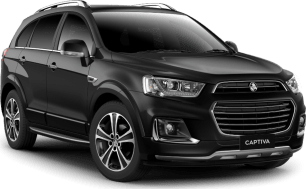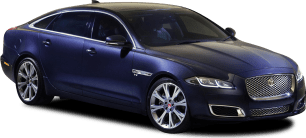The Captiva's value is heavily dependent on the model you choose. Standard features across the range (starting with the LS) include a 7.0-inch touchscreen running MyLink, a six-speaker stereo with AM/FM radio, Bluetooth, cruise control, rear parking sensors, reversing camera, auto headlights, leather steering wheel, dual-zone climate control, three 12 volt power outlets, keyless entry and start and a tyre inflation kit in place of an (optional) spare tyre.
No Captiva comes standard with sat nav as they all feature Apple CarPlay or Android Auto, which both use your phone's GPS apps.
There are four models, three 'standard' specifications - LS, LT, and the top of the range LTZ, with a fourth version in the form of the five seat only Active 'special' edition, that isn't.
Pricing starts at $26,490 for the 2.4-litre LS (with five seats and five-speed manual gearbox), $28,690 for the auto, and the diesel comes in at $31,690. Seven-seat LS pricing ranges from $30,490 for the petrol and $33,490 for the diesel, both six-speed automatics.
The Active enters the price list at $31,990 drive away. Based on the five-seat petrol LS (to be discontinued in May 2017), the auto-only Active adds 18-inch alloys, textile leather seats and a cargo cover. There's also a similarly specified seven seat version at $33,490.
On to the LT, and the price rises to $37,490 for the petrol and $38,490 for the diesel, both of them seven seaters. Part of the big jump for the LT is explained by the petrol engine switching to Holden's 190kW 3.0-litre V6 and the addition of all-wheel drive (AWD). The LT picks up a sunroof, bigger alloys, side steps, cloth trim with "Sportec" bolsters on the front seats and powered heated mirrors.
The LTZ's pricing is a mixed bag. Ordinarily, the V6-powered version would attract an rrp (carmakers insist we call it MLP, manufacturer's list price) of $40,490, with the diesel adding a thousand dollars to weigh in at $41,490. However, Holden is running a long promotion offering the LTZ V6 at $35,990 drive away with three years of free servicing.
The LTZ has 19-inch wheels, leather-look trim, electric driver's seat and front parking sensors.
You can choose one of seven colours - black, white, red, silver, blue, brown and grey and all but white will cost you $550. Orange is no longer on the menu, no matter how much you want it to be 2007 again.

